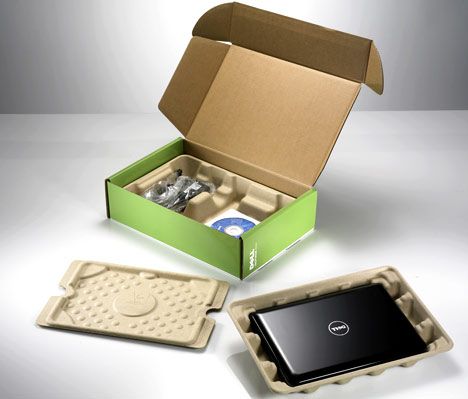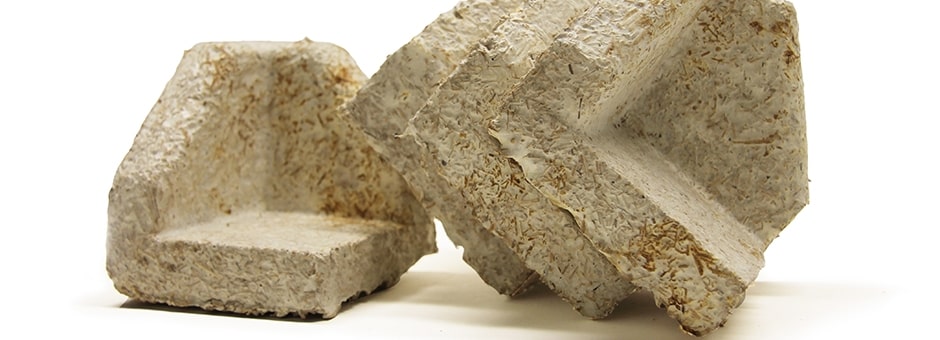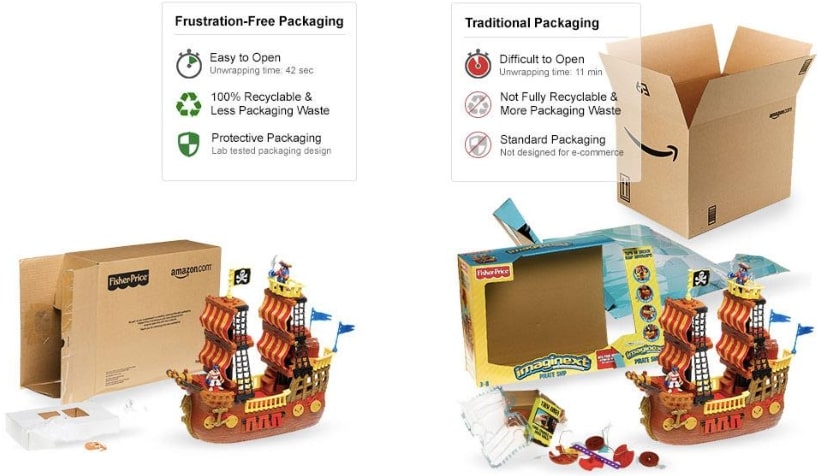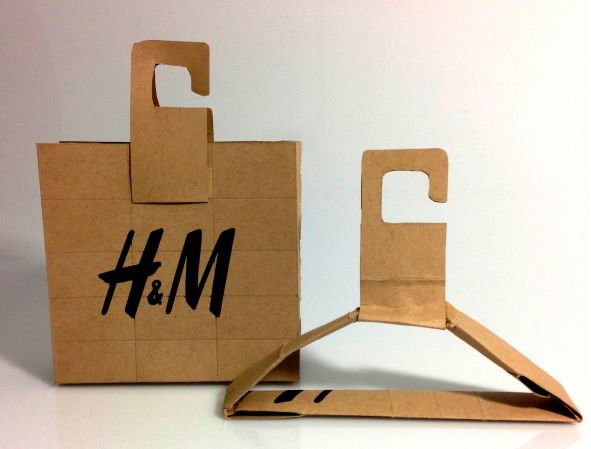
Packaging is omnipresent in our lives today. From food and toiletries to accessories and parcels, almost everything comes in some sort of protective case. The increase in consumption and the rise in products available means that packaging is being used more and more on a planet where resources are limited and ecosystems are sensitive to changes. We've all heard of the huge amounts of waste that are being created and have seen how discarded plastic bottles and other items are affecting the fauna around us.
Packaging manufacturers are now under pressure to innovate and find new materials and unique ways of construction that reduce their environmental impact. In addition to lowering the amount of packaging waste, sustainable solutions also make business sense by future-proofing organisations through renewable materials and targeting a niche but growing market of environmentally conscious consumers. With advancements being made every day in this field, it's increasingly easy to switch to alternative solutions and these are just five of them.
1. Use recyclable materials
This is probably the first solution that everybody thinks of. Recycling is one of the most well-known methods of reducing our ecological footprint. Many raw materials utilised in the packaging industry such as paper, cardboard, glass, aluminium and plastic can be re-used to create new items or materials. This way, new products can be created using fewer raw materials and, therefore, with minimal impact on the environment.
2. Use innovative materials
Here we're looking at biodegradable, recycled and non-traditional items.
Biodegradation is a different form of recycling which means that materials decompose under certain conditions. Bioplastic (recycled polyethene) is one such material that can be used to make carrier bags, envelopes and bubble wrap. It decomposes when it's exposed to daylight.
Cardboard and paper are the go-to materials for most retailers thanks to their printable and customisable properties. Most consumers know that they are recyclable, but they are also biodegradable. So in case cardboard boxes, paper bags, paper envelopes, tissue paper do end up in the landfill, they don’t pose as big of a threat to the planet as plastic, glass or metal.
Corn starch is great for making packing peanuts that can be composted after use. Potato starch from waste vegetables makes durable plastic that decomposes in 12 weeks on a compost heap. A good case in point is Dell's innovative bamboo cushioning solution. The company's goods are being protected during transport and its customers can turn the cushions into compost.

Alternatives to traditional methods include examples such as waste feathers from the poultry industry used to insulate packages for food and pharmaceuticals. Mushroom-based packaging is almost as durable as plastic, as insulating and flame-resistant as polystyrene and it takes a few weeks to decompose. And guess which big brand uses it? None other than IKEA!

Alternatively, discarded objects can be recovered, recycled and reused by the same company resulting in a closed-loop or circular economy. This also reduces the volume of primary materials used. Many manufacturers indicate on the packaging what percentage of it is from recycled materials.
3. Reduce the volume of packaging
This solution doesn't just decrease packaging waste, but it is also economically viable by lowering the cost of materials by reducing the quantity used. Through innovative design and manufacturing techniques, packaging can be shaped to sit closely around products. Opting for a minimalist and custom-made box can be more efficient, less damaging to the environment when disposed of and make a better impression on consumers. In the Instagram era, people are increasingly expecting aesthetically pleasing and impactful packaging that can be shared on social media networks.
Amazon is famous for its Frustration-Free Packaging which doesn't use the product's own outer packaging, but only a right-sized Amazon box. It's strong enough to minimise damage and doesn't use plastic clamshells or wire ties.

4. Consider an eco-friendly supply chain
It's not only about what goes into packaging and what happens after it's been discarded, but also how it's being produced and transported. Opt for a green manufacturing plant that procures primary materials from sustainable sources (local if possible) and is careful not to damage the environment and the local community through its processes. An eco-friendly supplier will also use clean technologies such as renewable energy sources (wind or solar power) and will not release any hazardous substances during its activity. Best practices could also mean that the factory maximises its water and energy efficiency and recaptures them to be used again.
Transportation is another stage in the supply chain that has a negative effect on the environment through pollution. The carbon footprint can be reduced by using alternative distribution solutions such as rail or electric vehicle fleets.
5. Design for reuse
Designing packaging for multiple functions is a way of stopping it from ending in the landfill by being repurposed. And this is where our imagination can run wild and we can have a little bit of fun.
An increasing number of brands are coming up with smart, innovative and attractive designs that prolong the lifetime of their packaging by turning it into a keepsake. Cardboard boxes are one of the easiest ways to deliver goods and are very straightforward to reuse as well. The more beautiful the design of the box, the more likely it is it will be kept for storing and even be put on display.
The brands at the forefront of packaging innovation have developed some truly surprising and smart solutions that enhance both their offering and image. For example, H&M has conceptualised a shopping bag that turns into a clothes hanger. Children's clothing retailer Monday's Child has created a box that is also a dollhouse which extends the life of the packaging.

Sustainable packaging is vital in today's consumerist society at every stage of the product lifecycle and both brands and consumers are turning towards more ecological solutions. Innovative and alternative production methods are increasingly used and will definitely be the default option in the future.
